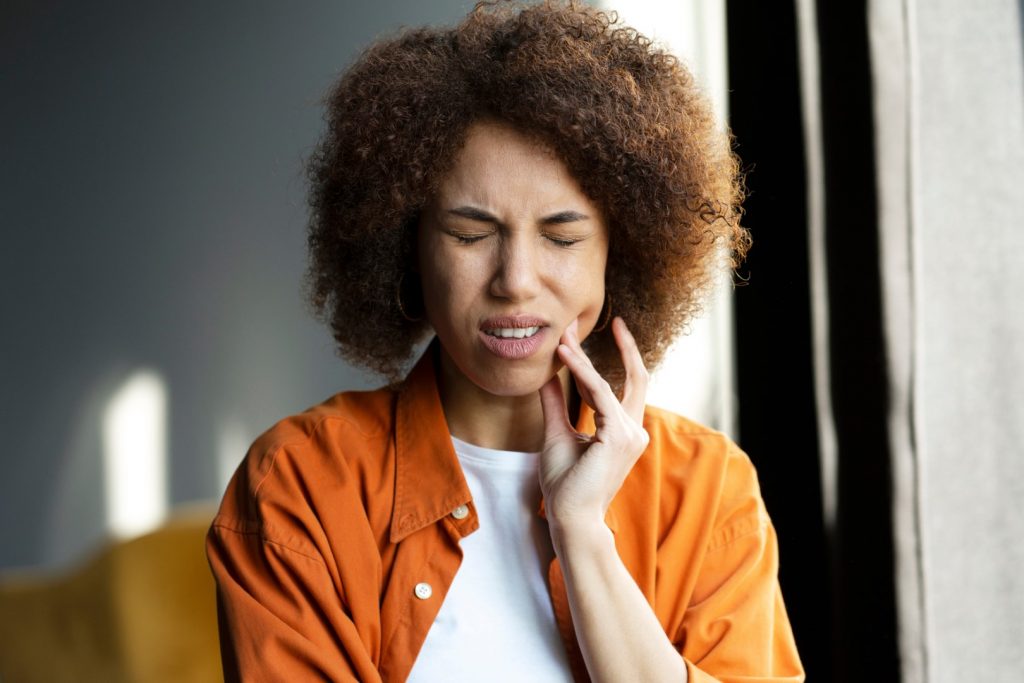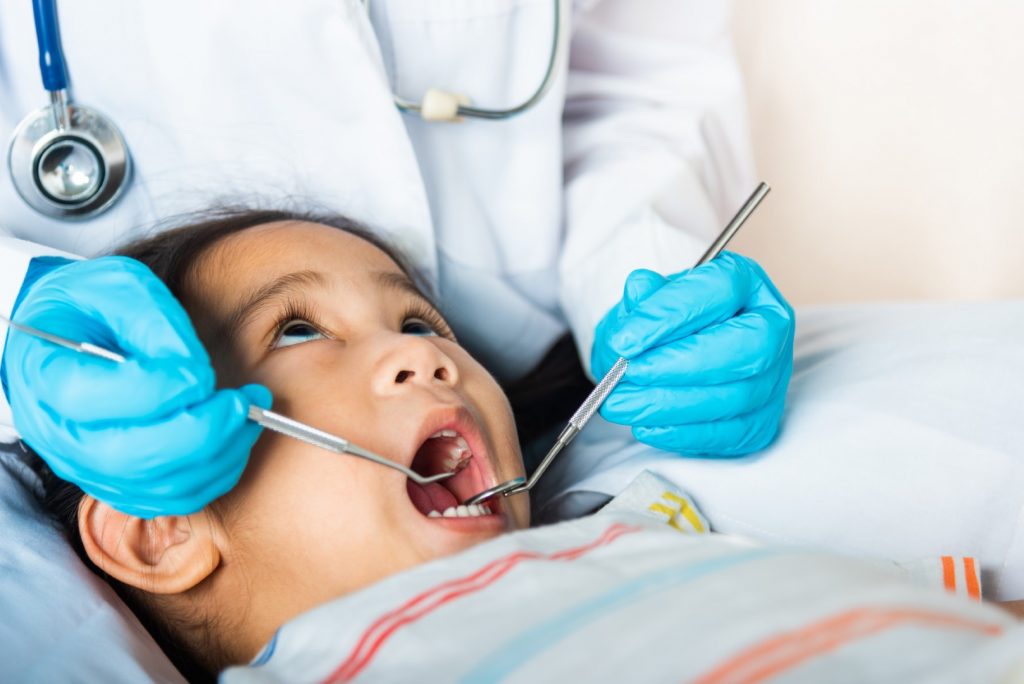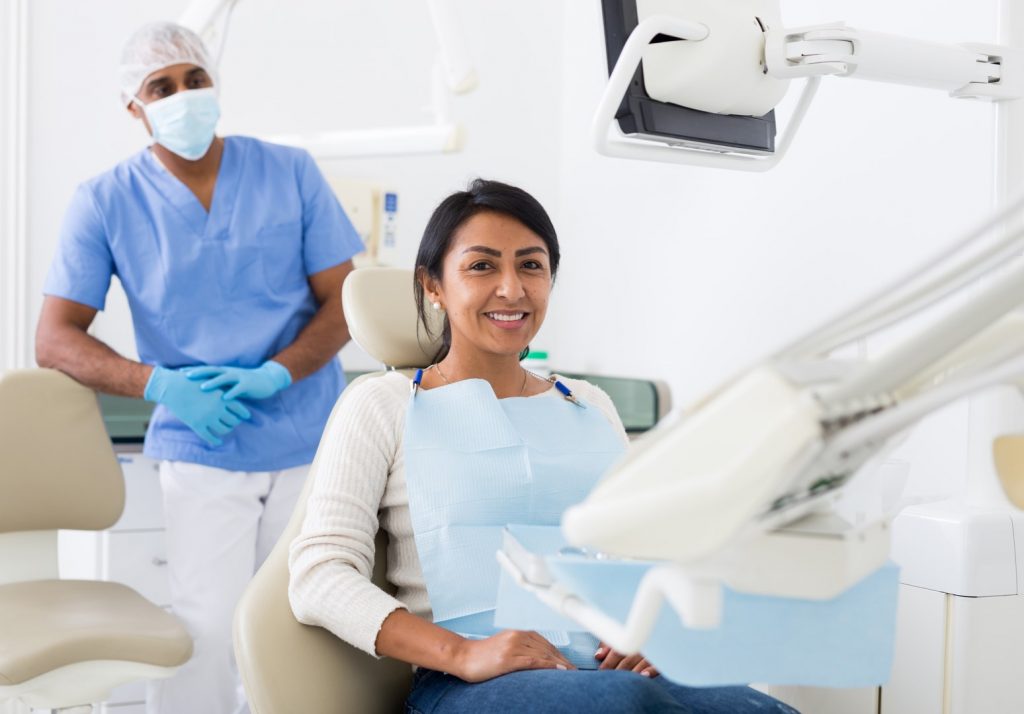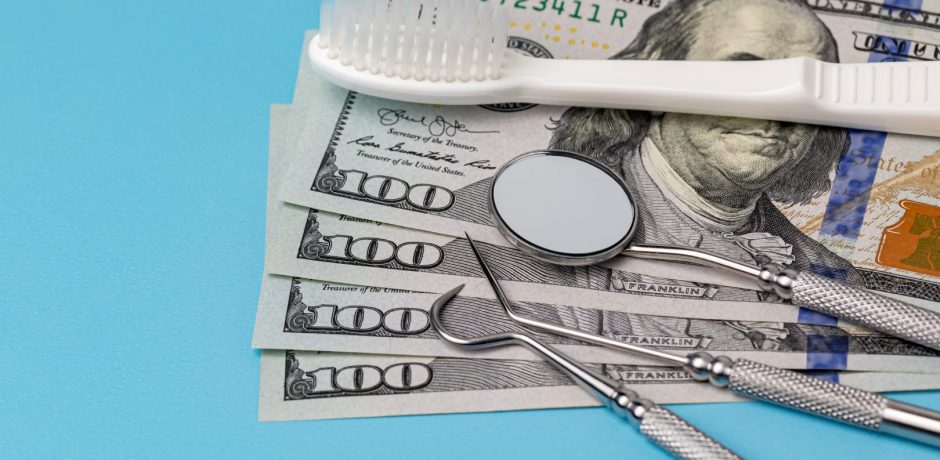Dr. Seuss was right: “TEETH! They are very much in style. They must be very much worthwhile.”
His whimsical rhyme makes a serious point. Our teeth are important, so preventing and treating common dental problems “must be very much worthwhile,” too.
Here are seven common teeth problems we encounter at Penn Dental Medicine at PHMC on Cedar, with tips for keeping your teeth and mouth in a happy, healthy style.
Know About These Familiar Dental Problems—and Solutions
Dr. Seuss dreamed up preposterous tooth predicaments to entertain readers. Real dental problems and their symptoms aren’t funny. Here are seven common dental problems to know about:
1. Untreated Tooth Decay

Plaque—a sticky film formed when mouth bacteria mix with sugars and starches from food particles—builds up on tooth enamel as quickly as 20 minutes after we eat. Its acids cause cavities: permanent holes that leave teeth’s inner layers vulnerable to decay. Untreated cavities can lead to severe toothache, infection, and tooth loss.
The best way to avoid cavities is to brush your teeth twice a day for two minutes with fluoride toothpaste, and to floss at least daily. Brushing and flossing correctly removes much plaque.
Some plaque, however, hardens into tartar along your gum line. Only a dentist can remove it, making regular cleanings vital for avoiding tooth decay.
2. Gum Disease
Gum (periodontal) disease is a serious but often “silent” threat. Its symptoms include red, swollen, tender, or bleeding gums; sensitivity or pain while chewing; loose teeth; and chronic bad breath.
But these symptoms may not appear until gum disease is in its advanced stages. By then, it can damage not only the gum tissue but also the bone supporting the teeth.
Gum disease In its earliest stage (gingivitis) is reversible. Regular brushing and flossing remove gingivitis-causing plaque, and rinsing with antibacterial mouthwash also helps.
3. Oral Cancer
Oral cancers kill someone every hour of every day. The good news is, many of the risk factors for oral cancers are within your control.
Reducing or cutting out entirely your use of alcohol and tobacco is a major step you can take to protect yourself. Also, using prophylactics during sexual activity can lower your risk of contracting the human papillomavirus (HPV), some strains of which cause oral cancers.
Dentists routinely screen patients for oral cancer during regular checkups, so sticking to your schedule of appointments increases the odds of detecting and treating oral cancer early.
4. Chipped, Cracked, or Broken Teeth
 “Bad bites,” teeth grinding, and injuries can all lead to painful, broken teeth. Broken teeth are painful. They interfere with eating and speaking. They may also make people self-conscious about their appearance.
“Bad bites,” teeth grinding, and injuries can all lead to painful, broken teeth. Broken teeth are painful. They interfere with eating and speaking. They may also make people self-conscious about their appearance.
Any break in the tooth’s enamel exposes deeper layers to bacteria. Should those bacteria cause infection, you might need a root canal or a tooth extraction.
If your teeth are ever damaged, contact a dentist as soon as possible to determine the best treatment.
5. Dry Mouth
Dry mouth occurs when your salivary glands don’t produce enough saliva. It can make speaking, chewing, and swallowing difficult. It can also cause tooth loss because you have less saliva to wash away food particles and bacteria that lead to decay.
To relieve dry mouth, sip water during the day and try over-the-counter saliva substitutes. Chewing sugar-free gum and sucking on sugar-free hard candies may also stimulate saliva flow. Use a mouthwash designed for dry mouth, not one containing alcohol. Limit your caffeine intake, and if you use tobacco, stop—both caffeine and tobacco can dry your mouth out more.
6. Bad Bites
When your upper and lower teeth don’t correctly meet, you have a malocclusion, or “bad bite.”
Bad bites make eating difficult and painful. Some patients eat less to avoid pain, and this lack of food leads to dietary problems. Malocclusions can also make you bite your tongue or cheek more frequently.
From traditional braces to invisible aligners to surgical procedures, orthodontists can correct bad bites, leading to improved mouth function, appearance, and health.
7. Stained Teeth
What we eat and drink can stain our teeth. Bad dental hygiene gives those stains and accumulating plaque time to make our teeth darker. However, some tooth discoloration factors—disease, medications, age, and genetics—are outside our control.
You may be able to make your teeth brighter by changing your diet and using an over-the-counter tooth-whitening product. But you may need to consult with a dentist. Dentists have a variety of safe and effective methods they can use to help you transform your smile.
“Keep Your Teeth Around Awhile” With PDM at PHMC on Cedar
 Dr. Seuss also wrote, “They sure are handy when you smile. So keep your teeth around awhile.” At PDM at PHMC on Cedar, we’re helping people in West and Southwest Philadelphia do just that.
Dr. Seuss also wrote, “They sure are handy when you smile. So keep your teeth around awhile.” At PDM at PHMC on Cedar, we’re helping people in West and Southwest Philadelphia do just that.
We help patients avoid the common dental problems they can, and we deliver high-quality, convenient, affordable care for the ones they can’t.
Following a regular schedule of professional dental care is one of the most important things you can do to avoid common teeth problems. Call us at 855-887-9229 to make an appointment.






